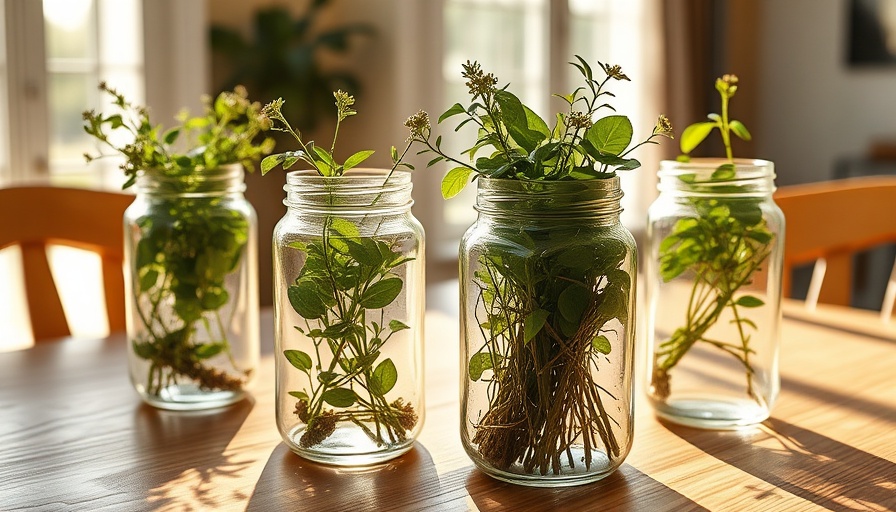
Embrace Change: The Power of Decluttering
As summer transitions into autumn, many of us experience a natural shift in our motivations and routines. For those in Alberta, this September marks not just the return to school for children but also an invaluable opportunity for adults to reset as well. Embracing the September declutter challenge is more than just tidying up; it’s about creating a fresh start in your home and mind. This article explores why focusing on decluttering now can transform your space and enhance your overall well-being.
Why September is the Ideal Time for a Decluttering Challenge
Traditionally seen as a fresh beginning, September often mirrors the energy of New Year’s resolutions. With children back in school and summer distractions fading, it's the perfect time to declutter your surroundings. Clearing out seasonal items—whether it’s those beach toys that won’t be used again this year or half-finished projects—helps prepare your home for the busyness of fall. Entering autumn with a clean slate not only reduces stress but also sets a positive tone for the upcoming months.
Daily Decluttering: A Sustainable Badass Habit
Daily decluttering presents a constructive and manageable approach to keeping your space organized. Rather than overwhelming yourself with seemingly insurmountable tasks, setting small, achievable goals each day fosters momentum and maintains your enthusiasm. Think of it as creating a trek within your home every day—just one drawer or shelf at a time can lead to remarkable changes.
Practicing this minuscule habit allows you to continually assess the items in your space. Over time, you develop a keener sense of what you value and what you can let go. It's simple to integrate into any busy life, making it adaptable irrespective of your workload. This gradual process transfers into various areas of your life—creating simplicity in decision-making and prioritizing what truly matters.
Common Misconceptions About Decluttering
Many individuals believe decluttering requires significant time and effort, leading to avoidance of the process altogether. However, daily decluttering can be tailored to fit seamlessly into your schedule and does not have to be time-consuming or draining. This is a misconception worth breaking down! Understanding that even five minutes dedicated to sorting through a drawer can have positive impacts can encourage more people to jump on board.
Transforming Your Space: Using the September Checklist
The 30-day September declutter checklist, available as a free printable, serves as an excellent guide for managing your decluttering activities. It provides a structured approach to identify specific areas in your home that need attention. Utilizing this checklist not only helps keep you organized but also allows you to visualize your progress—a powerful motivator to continue the momentum.
Alongside your decluttering journey, take a moment to jot down how you wish to feel at home. Do you seek tranquility? Vibrancy? Space? Saying it aloud or writing it down can guide your decluttering decisions, ensuring that each item you keep aligns with your emotional goals.
Conclusion: Step Into September with Clarity
As the leaves begin to turn, take the opportunity to let go of what no longer serves you. Whether it's clearing out physical clutter or determining your emotional space, the September declutter challenge is your invitation to rejuvenate your life in preparation for the exciting season ahead. So grab your checklist and embark on this simple yet transformative journey—one day at a time!
Visit your favorite organizing blog, print out your checklist, or simply set a reminder to tackle your decluttering tasks daily. You’re not just cleaning your home; you’re taking a step towards a clearer, more fulfilled life.
 Add Row
Add Row  Add
Add 




Write A Comment